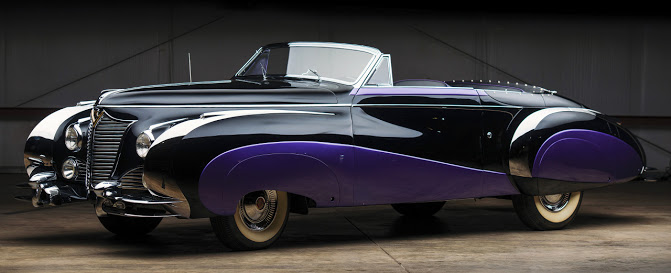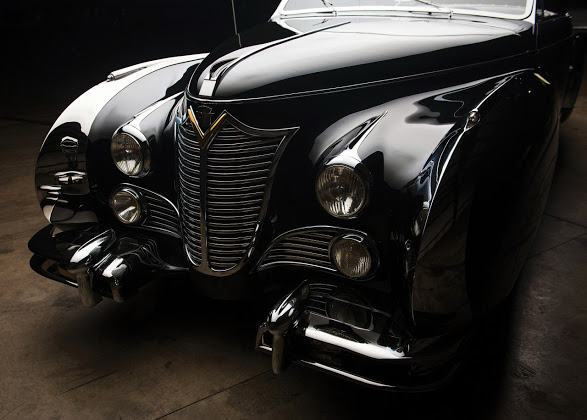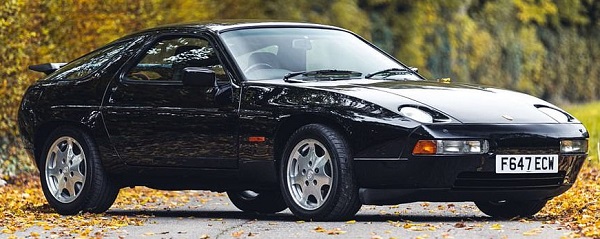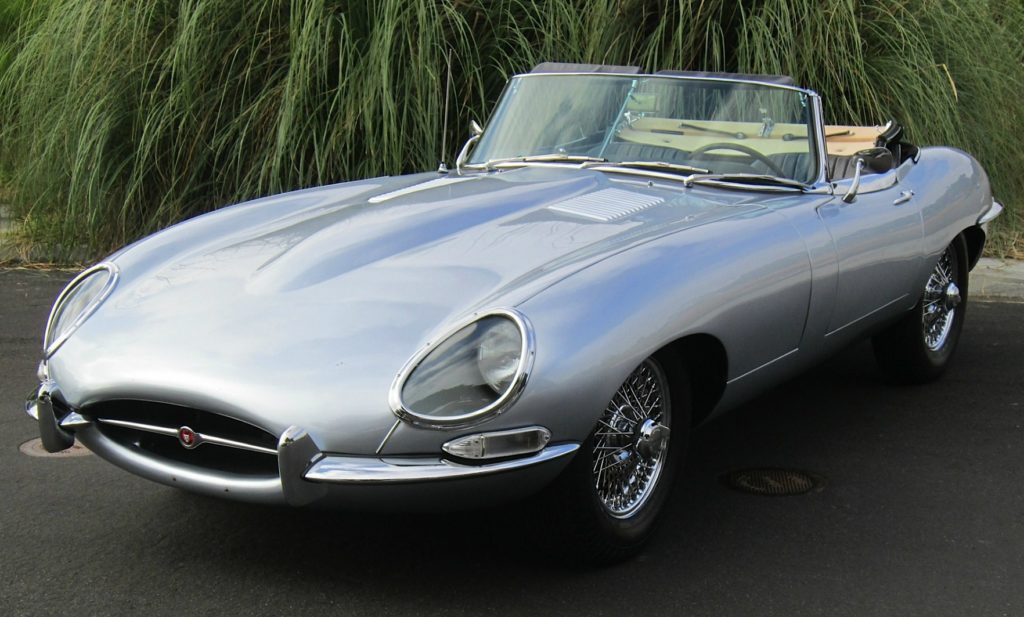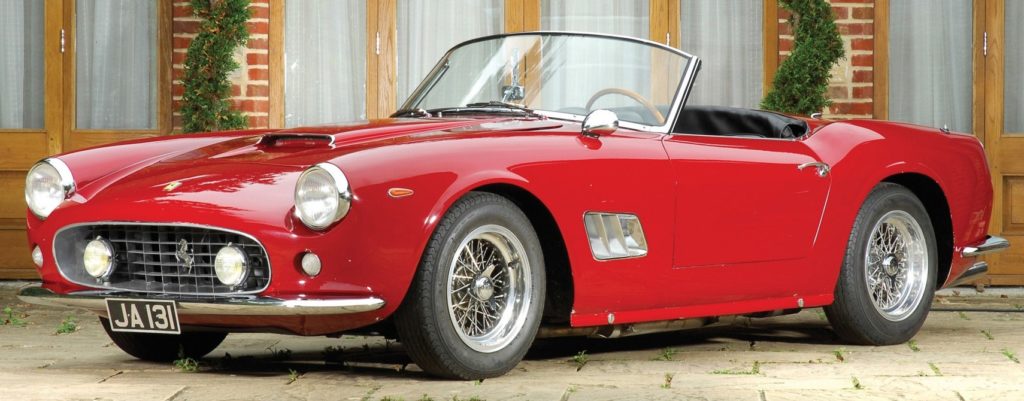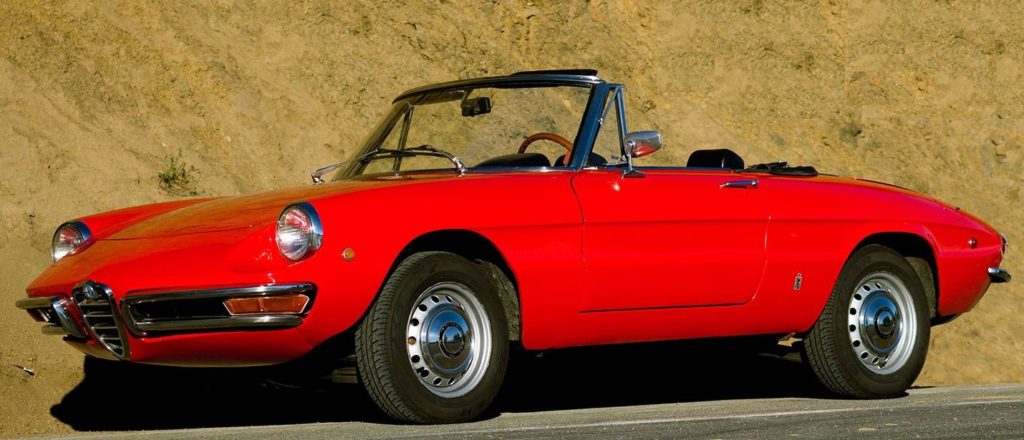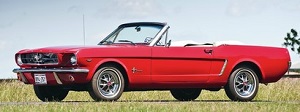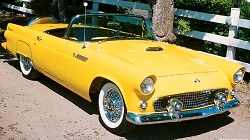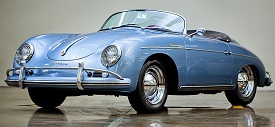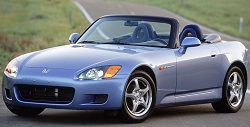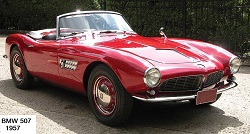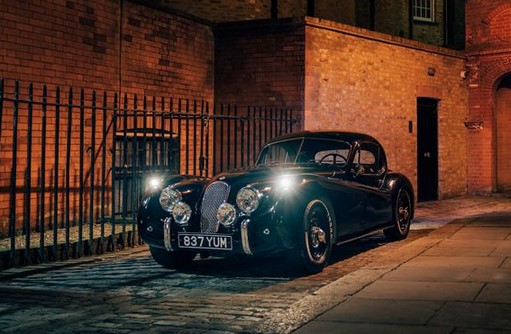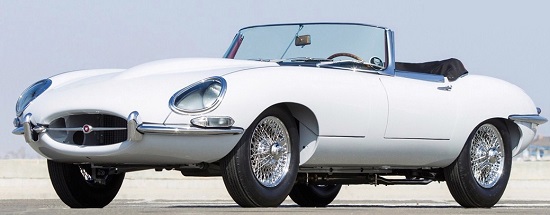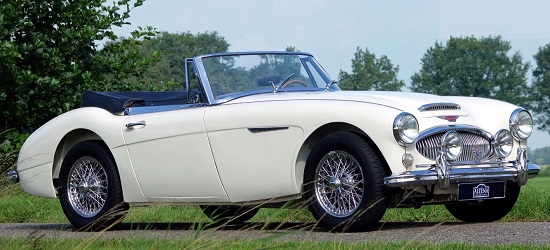…and not the kind which follows delightful over-indulgence in alcoholic beverages, either.
No, I’m talking about the spiteful year of 2020, which saw us spared only a plague of crotch-eating crickets (no idea how it missed that one), but saw fit to land three quick punches in the face during the last three days of December.
1.) The clothes dryer packed up — heating element just quit, making it about as useful as a stud bull without testicles — it would go through the motions just fine, but no result. And — stop me if you’ve heard this one before — it happened two months after the manufacturer’s warranty had expired. However: when I was rummaging around in the papers surrounding its purchase so I’d have the details when I arranged for a service call, lo! there on the invoice was an additional cost for: ta-daaaa! an extended warranty (which I hardly ever buy but I had this time), and it had over a year still to run.
This didn’t end the problem. I called Nebraska Furniture Mart (NFM, as they call themselves now) to see what they could do, and was directed to their (outsourced) repair company who handled such calls. After grappling with the poxy automated telephone system — add this bastard thing to my Ten Hates — I discovered that this outfit was only responsible for the warranty on items purchased since 2019, and my purchase from 2017 was handled by yet another company, and no of course they had no idea who that could be. So I called NFM and politely asked what the fuck they were doing by sending me to the wrong address, so to speak. To be fair, NFM was as always a delight to deal with: attentive, sympathetic and helpful, they apologized fulsomely and sent me to the proper company who, of course, had an automated telephone menu which eventually got me the number of a certified repair outlet in my area… whose number was no longer in service. So I went back to the company’s poxy website — which was designed by the same people who designed the ObamaCare government website — and eventually found a place which promised to send a guy round after the New Year to fix the dryer. (To be continued.)
2.) The next day (before New Year’s Eve) was cold and windy, and raining buckets. So, this being 2020, it came as no surprise when New Wife called plaintively from her school to inform me that Sputum (her Fiat 500, thus named because of its color) was refusing to start. Lights were working, but engine she no crank. She and the school maintenance guy had tried to jump-start the thing, but no luck. Shit. A new starter motor loomed in our future, $1,200 installed. So I went over, tried to push-start the car (stick shift, yay) so we could at least get it home or to the shop (did I mention that the day was freezing, wet and windy?) and… no joy. So maybe not the starter motor, but some chip in the ignition system? Crap. Called our car service guys (EuroSport in Plano, blessings be upon them), and they said that while they couldn’t attend to the car until the New Year (natch) because they were closed on New Year’s Eve, they’d organize a tow the next day and at least get Sputum to their shop.
I took New Wife to work on New Year’s Eve (half-day only) and waited for the tow service to arrive. They did, and took care of the business without any fuss. I went off and did the pre-NYE grocery shopping, then went back to pick up New Wife.
3.) And lo did the “Check Engine” light come on in the Tiguan — and to be fair to VW, that light only comes on when there’s something quite seriously wrong. No chance to get the thing checked, of course, because New Year’s Eve. I crept home nervously, therefore, and New Wife and I faced the prospect of no cars instead of two for the entire long weekend — and we had planned on going out a bit because we both had cabin fever and needed to.
So we spent the entire weekend cooped up in our apartment, snarling at each other. (Okay, to be fair, she moped and I was doing the snarling, as you might expect.)
The following Monday dawned bright and fair — no rain, no freezing temperatures, this was 2021, wasn’t it? — so I took her to work and set about the business of getting both cars attended to. Here’s the full report.
Sputum’s battery was dead — stone dead, despite the lights and such working — it was no longer capable of taking a charge. So one new battery, duly installed, and the Fiat was as good as new. The mechanic did mention that there were some signs of rodent infestation (nests containing acorns, hence squirrels), and they’d nibbled on some of the wires, but no serious damage. (I mention this because it will be important later.) Our apartment complex is quite heavily forested and there are a jillion of the little tree-rats all over the place, but can I shoot them out of the trees with my trusty Baikal pellet gun? Oh no, because city ordinance #2375-4 para. 48 “No discharge of guns including pellet guns in city limits”. Anyway, the outcome, Fiat-wise, was not bad especially as I discovered that this was the car’s original, four-year-old battery, so all in all, not a bad outcome.
And now we come to the Tiguan’s warning light. “Kim, at first glance it looks as though you may be having an issue with the turbo”, a comment which struck fear to my heart (and more especially to my wallet) because a new turbo is over $1,500 and double that for installation. So I waited with trepidation for the final diagnosis, hoping that maybe it was just the sensor that was at fault (only a few hundred dollars to replace that).
It was neither. “It looks as though you’ve had some serious rodent infestation, and they’ve chewed the wires connecting the sensor to the turbo.”
Cost of replacing the wire (which, of course, in the modern parlance means a new sensor because it’s a single unit): $160 plus labor.
So all in all, what had threatened to cost me close to $5,000 to fix both cars in 2020, eventually cost me less than $500 in 2021.
And the clothes dryer was duly attended to — turns out it was the control panel at fault, and not the heating coil or motor — and the fix took less than half an hour.
So life is good, so far in 2021. But later in the month will come the Presidential Inauguration, whereupon I expect not only socialism but crotch-eating crickets to follow soon thereafter.
You heard it here first.
